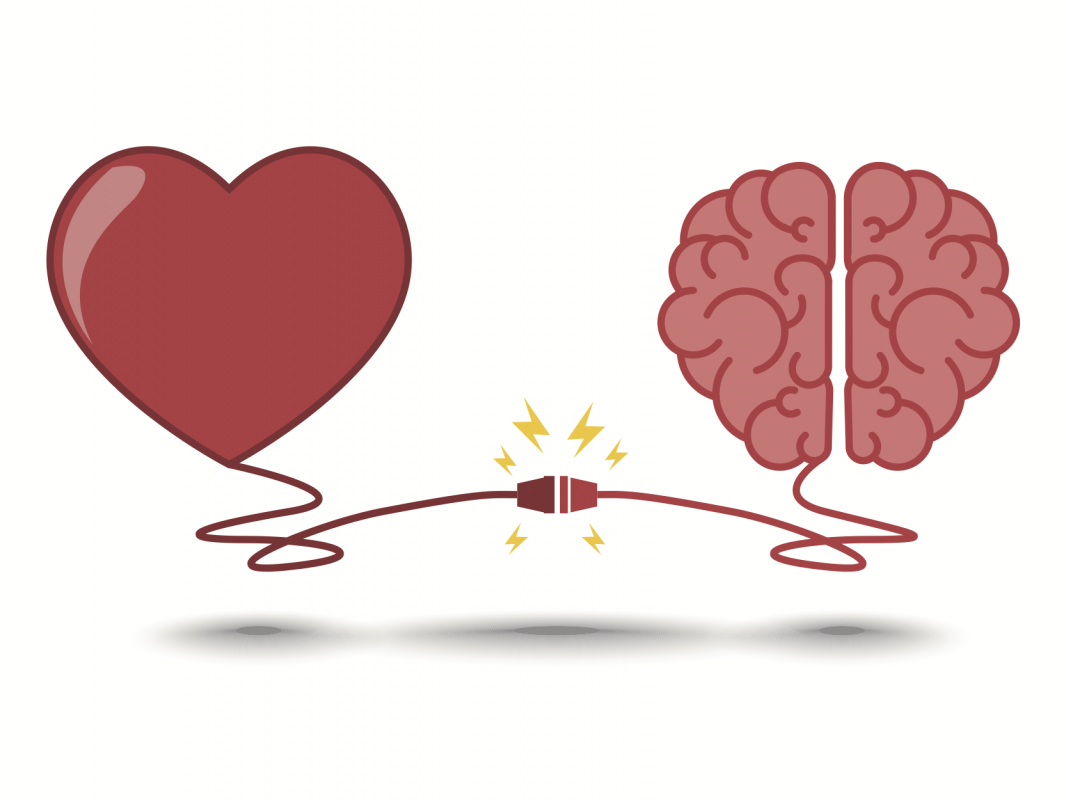Abstract: Interoception is a complex process encompassing multiple dimensions, such as accuracy, learning, and awareness. Here we examined whether each of those dimensions relies on specialized neural regions distributed throughout the vast interoceptive network. To this end, we obtained relevant measures of cardiac interoception in healthy subjects and patients offering contrastive lesion models of neurodegeneration and focal brain damage: behavioral variant frontotemporal dementia (bvFTD), Alzheimer’s disease (AD), and fronto-insular stroke. Neural correlates of the three dimensions were examined through structural and functional resting-state imaging, and online measurements of the heart-evoked potential (HEP). The three patient groups presented deficits in interoceptive accuracy, associated to insular damage, connectivity alterations, and abnormal HEP modulations. Interoceptive learning was differentially impaired in AD patients, evidencing a key role of memory networks in this skill. Interoceptive awareness results showed that bvFTD and AD patients overestimated their performance; this pattern was related to abnormalities in anterior regions and associated networks subserving metacognitive processes, and probably linked to well-established insight deficits in dementia. Our findings indicate how damage to specific hubs in a broad fronto-temporo-insular network differentially compromises interoceptive dimensions, and how such disturbances affect widespread connections beyond those critical hubs. This is the first study in which a multiple lesion model reveals fine-grained alterations of body sensing, offering new theoretical insights into neuroanatomical foundations of interoceptive dimensions.
Keywords: interoception, learning, awareness, neurodegenerative diseases, stroke


